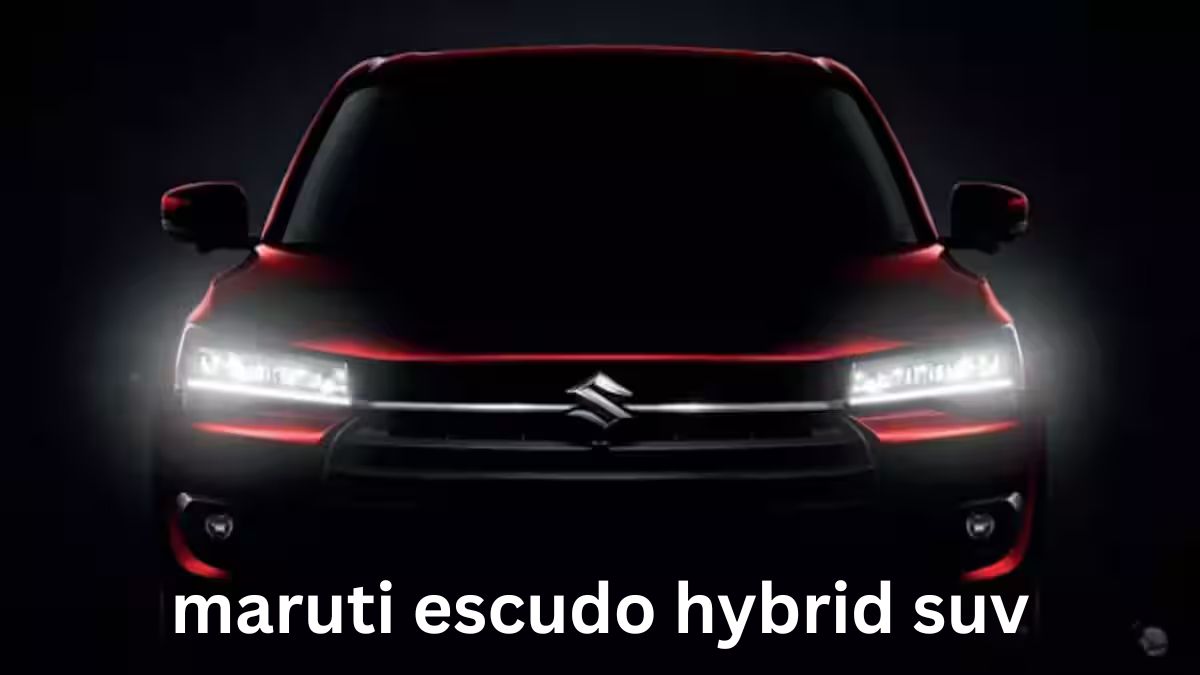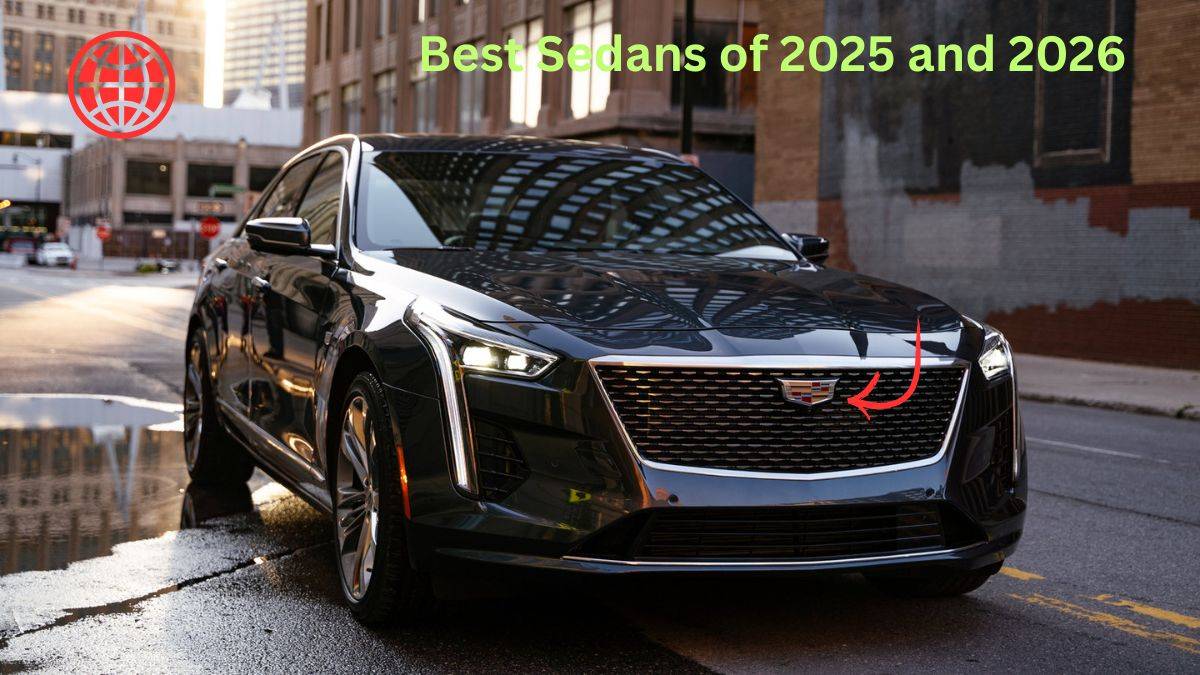Today, the world is turning to electric automobiles more than ever before. Be it environmentally friendly consumers or hi-tech firms, electric cars or EVs have become the toast of the automotive world. And yet, all this “new” wave commenced nearly two hundred years ago—that, too, due to the efforts of a Scottish genius named Robert Anderson. His first known electrically powered carriage made history in motor development.
Let’s learn about Robert Anderson’s life, his battery-powered device, and how this 19th-century invention paved the way for today’s green revolution.
Who Was Robert Anderson?

Robert Anderson was a Scottish engineer who existed in the early 1800s. Not much is known about his life, but his name is fixed in the history of transport forever. Between 1832 and 1839, he constructed the first electric vehicle prototype—the amateurish electric carriage.
He was a trailblazer during an era when the concept of a car, never mind a battery-powered one, was virtually unimaginable.
What Did Anderson Build?
Anderson’s motorized carriage was not like the streamlined Teslas we know today. His invention was a horse carriage adapted to run on non-rechargeable primary batteries. These batteries powered an electric motor that turned the wheels—no oxen or horses were required.
It was one of the first known clean energy cars, decades before fossil fuels took over the market.
The Power Behind the Wheels: Galvanic Cells
His carriage was powered by galvanic batteries, which employed a chemical reaction to generate an electric current. These were non-rechargeable cells, so they only had a finite lifespan and couldn’t be recycled after exhaustion.
Though inefficient compared to today’s standards, this battery-powered cart was an engineering marvel of its day. It was a technological innovation no one had believed possible in the 1830s.
Why Was Anderson’s Car Important?
Although it did not prove commercially profitable or was not popular then, Anderson’s vehicle provided a framework for mobility using electricity. His invention demonstrated that one did not have to rely on fossil fuels for cars.
It was a challenge to the norm and set the stage for future inventions.
The Rise (and Pause) of Electric Cars
After Anderson’s discovery, others, such as Robert Davidson and Thomas Davenport, also constructed electric-powered devices. EVs were gaining momentum by the late 1800s. Indeed, by the early 1900s, electric vehicles outsold gasoline-powered cars in the U.S.
But with the advent of mass production, low-cost oil, and the internal combustion engine, electric vehicles lost popularity for most of the 20th century.
A Forgotten Pioneer
Anderson was hardly recognized during his lifetime. He never patented his invention, and for decades, his name was absent from mainstream automotive history. It’s only in the last few decades, with the revival of electric cars, that his contribution is being recognized at last.
He may not have constructed a flawless machine, but he ignited an idea that would change transportation forever.
Legacy of the First Electric Car
Today, Anderson’s invention is looked on as the seed that sprouted the global EV industry. His contribution represents the dawn of a path to zero-emission cars, sustainable innovation, and green mobility.
Manufacturers such as Tesla, Nissan, and Ford owe some of their heritage to Anderson’s foresight.
Lessons from Anderson’s Story
Innovation begins small: His carriage wasn’t flawless, but it was revolutionary.
Pioneers sometimes remain unsung: True change takes time—and strength.
Green tech runs deep: Sustainability isn’t trendy. It’s a move back to creative thinking.
How Modern EVs Stack Up
| Feature | Anderson’s Car (1830s) | Modern Electric Car |
| Power Source | Galvanic (non-rechargeable) battery | Rechargeable lithium-ion battery |
| Range | Very limited | 150–500+ miles |
| Speed | Slow (~10 mph estimated) | Up to 200+ mph (Tesla Roadster) |
| Emissions | Zero emissions | Zero emissions |
| Comfort & Design | Basic carriage | Aerodynamic, tech-enabled, luxurious |
Did Anderson Inspire Today’s EV Movement?
While there’s no direct lineage from Anderson to Elon Musk, his concept of electric propulsion laid the groundwork. Engineers and scientists in the late 19th and early 20th centuries built upon his idea.
Today’s movement toward sustainable mobility is, in many ways, a reawakening of Anderson’s vision.
Conclusion: Why Robert Anderson Still Matters
Robert Anderson may not be a familiar name, but he began something incredible. His first EV prototype was lost to history for a bit, but it’s now part of a historic change that’s revolutionizing the way we get around.
His creation shows that even the humblest concepts can revolutionize the world—particularly when they set their sights on cleaner, smarter transportation.














